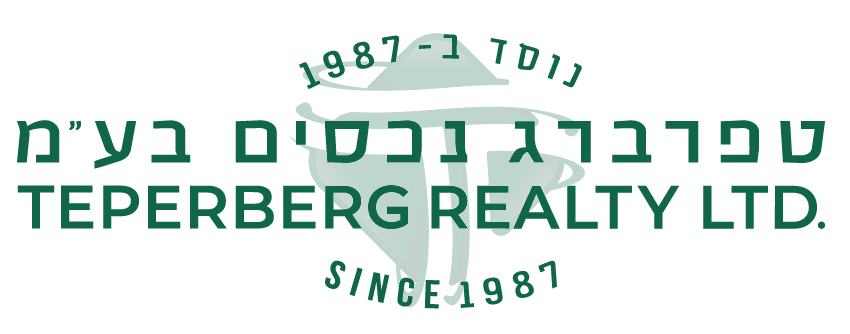The German Colony (HaMoshava HaGermanit) is one of the original neighborhoods in Jerusalem from the expansion of Jerusalem out of the old city and stands out as a beautiful area to live.
In Israel there are a few colonies that were built by some members of the Templars movement, they built with great care and combined the style of their hometowns with the local Israel architecture designs and needs. They built their homes in the style to which they were accustomed in Germany – farmhouses of one or two stories, with slanting tiled roofs and shuttered windows, but using local materials such as Jerusalem stone instead of wood and bricks, surrounded by trees the templars planted.
The houses surrounded 2 main streets Emek Refain and Derech Beit Lechem, and on the small streets connecting them. These areas where the natural continuation of the new neighborhoods of that time built out of the old city walls, and where close to the train station of Jerusalem founded 1892 that connected Jerusalem to the rest of the country. The colonists engaged in agriculture and traditional trades such as carpentry and blacksmithing, a surprisingly high number of architects came as part of the movement and that affected and enhanced the building in Jerusalem. Over the years this area had developed in 2 directions: west of the train- the Colonies that was more residential, and east of it is what we know today as Baka neighborhood that in those days had some residential and much more of the ground were used for agriculture. The German Colony as well as the other new neighborhoods south of the old city attracted the wealthier population the houses were built at high standard to suit the residence. The houses that remain from then are now for preservation.
In the 1940’s and 50’s the homes in the German Colony and neighborhoods surrounding were used to house new immigrants. The charm and the country feel as well as its convenient location attracted many. In the 1980’s the awareness for preservation grew and since then efforts are being made to restore old landmark buildings and incorporate some of their architectural features, such as arched windows and tiled roofs, in the new construction.
From the end of the 20th century, the neighborhood has undergone a process of gentrification. Numerous cafes, bars, restaurants, and boutiques have opened in the neighborhood, and many affluent families have moved there, affecting the prices of real estate. The German Colony has a large English-speaking population, with the English-speaking community comprising both families and singles, permanent immigrants, and visitors. In more recent years there is a growing French population as well. The neighborhood is home to the Smadar Theater, Jerusalem’s arthouse cinema and a perennial gathering place for the aristate.
The colorful history of the German Colony is illustrated by the mix of architectural styles found within a relatively small area. One finds Swabian-German style homes, examples of late provincial Ottoman architecture and British Art Deco from the Mandatory period, within close proximity. An example of British architecture is the Scottish Hospice and St. Andrew’s Church, built in 1927, decorated with local Armenian tilework. Some of the Templar homes have biblical inscriptions in German on their lintels, in Fraktur calligraphy script.
The side streets of the German Colony are named for supporters of Zionism and the Jewish people. Apart from the French author Emile Zola, Czech president Tomas Masaryk, and South African prime minister Jan Smuts, many of the streets are named for Britons: Liberal Prime Minister David Lloyd George, British Labor Party leader Josiah Wedgewood, Colonel John Henry Patterson, commander of the Jewish Legion in World War I and the pro-Zionist British general Wyndham Deedes.
For years, developers have been trying to build up the area at the northern entrance to the neighborhood, overlooking Liberty Bell Park. To preserve the quint German Colony surroundings the local council has been successful keeping heights of the new buildings and hotels compatible with the original houses and the atmosphere of this magical and unique neighborhood.
